Why you shouldn't grow onions on your allotment — but if you do, go for these really exceptional ones
Mark Diacono takes a look at allotment logic, and shares his formula for what you should and shouldn't spend your time and energy growing.

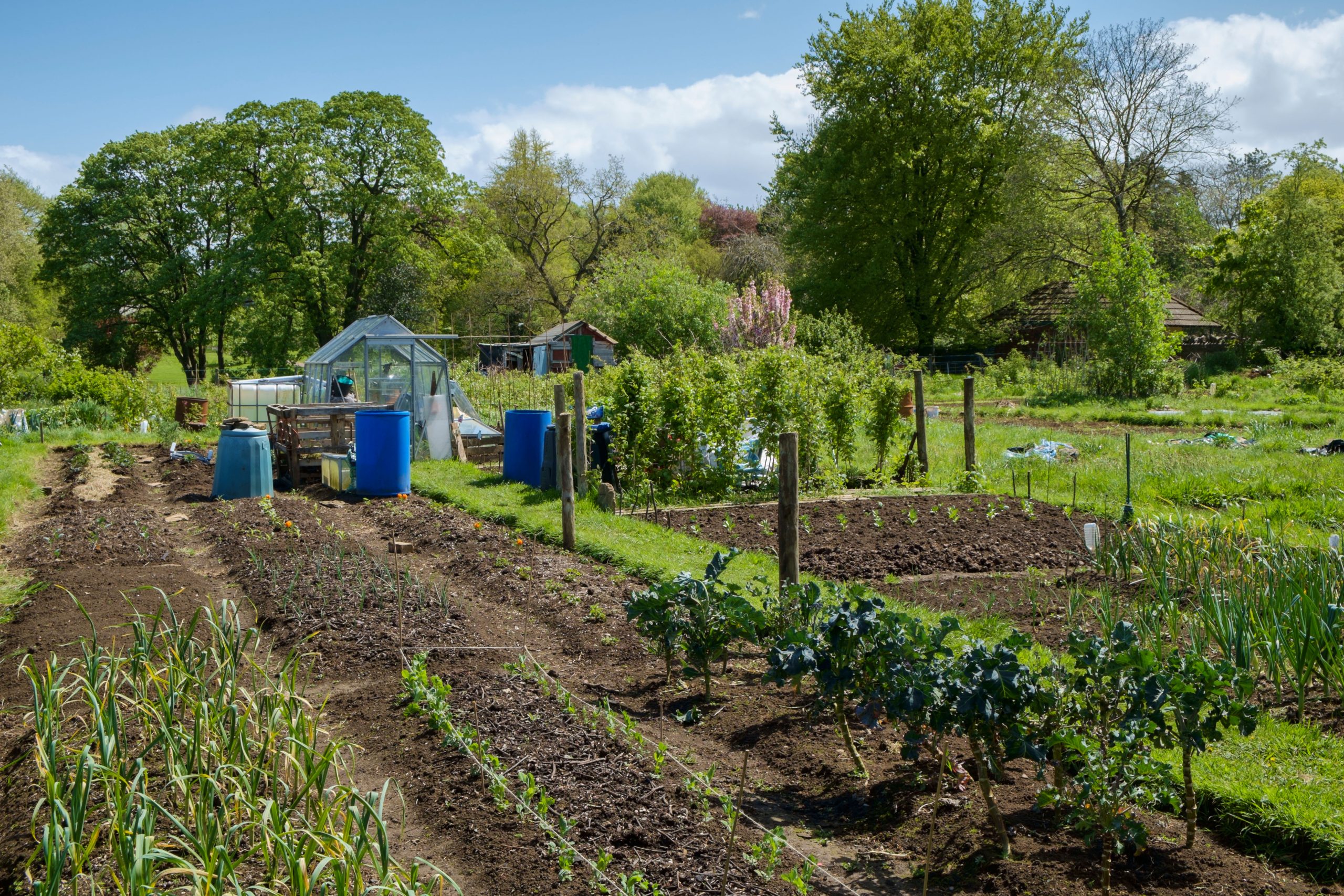
Many years ago, I was helping a friend clear a long-unused allotment. Towards the end of the day, an elderly gentleman — we later learned he had been there longer than anyone — came over and offered us a bag of turnips.
They were the best turnips I’d ever seen.
I asked why he would give away so many well-grown vegetables? ‘I don’t really like them, but you’ve got to grow turnips haven’t you?’
This train of thought is exactly what has great swathes of most allotments and kitchen gardens given over to onions. The logic is compelling — most of us use them more days than not — but there is nothing you have to grow: if you are short of time, inclination or space, you should seriously consider whether you grow onions. Or certainly which onions you allow into your garden.
Without infinite resources, something has to give and, right at the centre of the Venn diagram of ‘cheap to buy’, ‘disease prone’, ‘in the ground for ages’ and ‘little upturn in flavour when homegrown’ is what does it for me. I grow no main-crop jacket spuds, no late-season carrots and it’s a polite ‘no thank you’ to bog-standard white onions.
But there are onions that are worth growing: I prioritise shallots and red onions. I say ‘red onions’, but of the many lies we are told as kids, few endure as unquestioningly as red onions. ‘Red’ onions are purple, for heaven’s sake. The same person must have named sweetbreads.
Compared with white onions, red varieties often have a more agreeable flavour, especially when used raw, and they tend to be sweeter when roasted — and, of course, reds are more expensive to buy. I usually grow a couple of varieties — a little edible insurance, in case the growing season favours one or a pest prefers another — and ‘Piroska Red’ is a constant, being reliable, a long storer and delicious.
Exquisite houses, the beauty of Nature, and how to get the most from your life, straight to your inbox.
The case for growing shallots is even stronger: they are not cheap to buy, have a gentler yet more refined flavour than white onions and they are spaced more closely than onions: you get more in so many ways for your investment. ‘Jermor’ and ‘Longor’ are my favourite varieties.
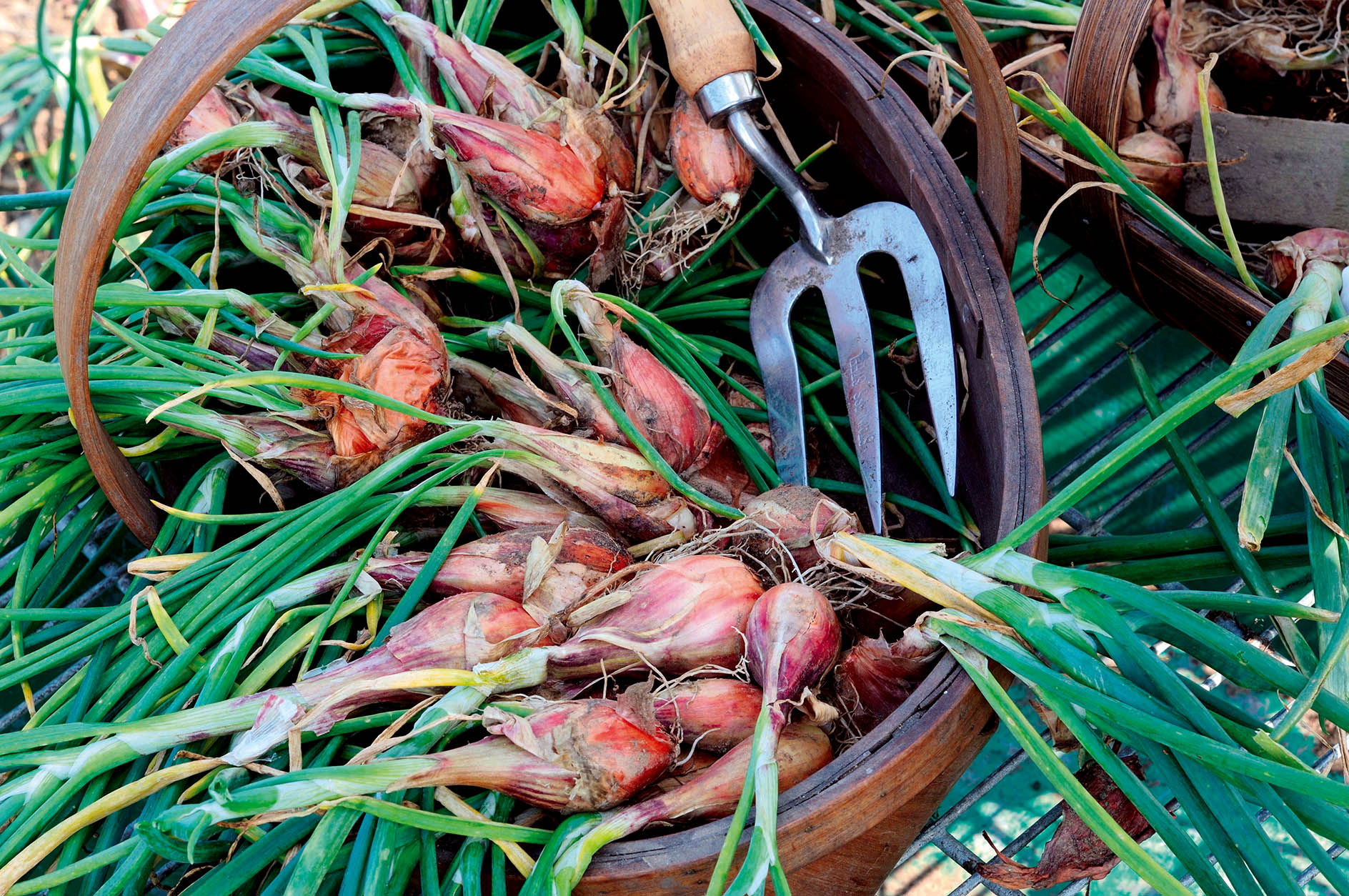
Onions and shallots are easy to grow, as long as you take care of the few essentials. They like full sun and good drainage to do well; anything less is likely to impair steady development and cause them to bolt. Keep them weed free: this is partly to prevent nutrient competition, but more to promote good airflow, which helps minimise disease. A careful hoeing when the sun’s out should be enough to guillotine and desiccate most weeds. Do this and rotate where you grow alliums each year and you have every chance of a healthy harvest.
Onions and shallots can both be grown from either seed or mini-onions known as sets. Sets are easier to handle, but seed is considerably cheaper: the choice is yours. Plant sets and sow seed during the first half of spring: plant sets with the tips a little below the level of the soil and direct sow thinly in lines. Whether sets or seed, space shallots 8in apart and allow 1½–4in apart for small onions or 6in–10in apart for larger ones.
As onions and shallots mature towards the second half of summer, the leaves yellow. Lift them carefully with a fork when a few dry days are forecast and let them dry in the sun for a couple of days. Sort carefully through the harvest and discard any that are soft, then use any that are blemished quickly.
A trick I learned years ago was to use pairs of tights to store onions, with a knot tied between bulbs: hang them up on a nail and start using them from at the toe end, snipping below each knot as you go. Stored in the light, onions and shallots should be good for six months.
After all that, I do have a confession: I do grow some white onions, but rather than take up valuable space at the busiest time of the year, they are overwintering varieties. Planted in September or October when there is more space in the kitchen garden, they grow through the cold months, to harvest and free up space in late spring and early summer. Overwintering onions don’t store well, so lift them as needed, and use them immediately. ‘Radar’ is hard to beat for cold-weather growing.
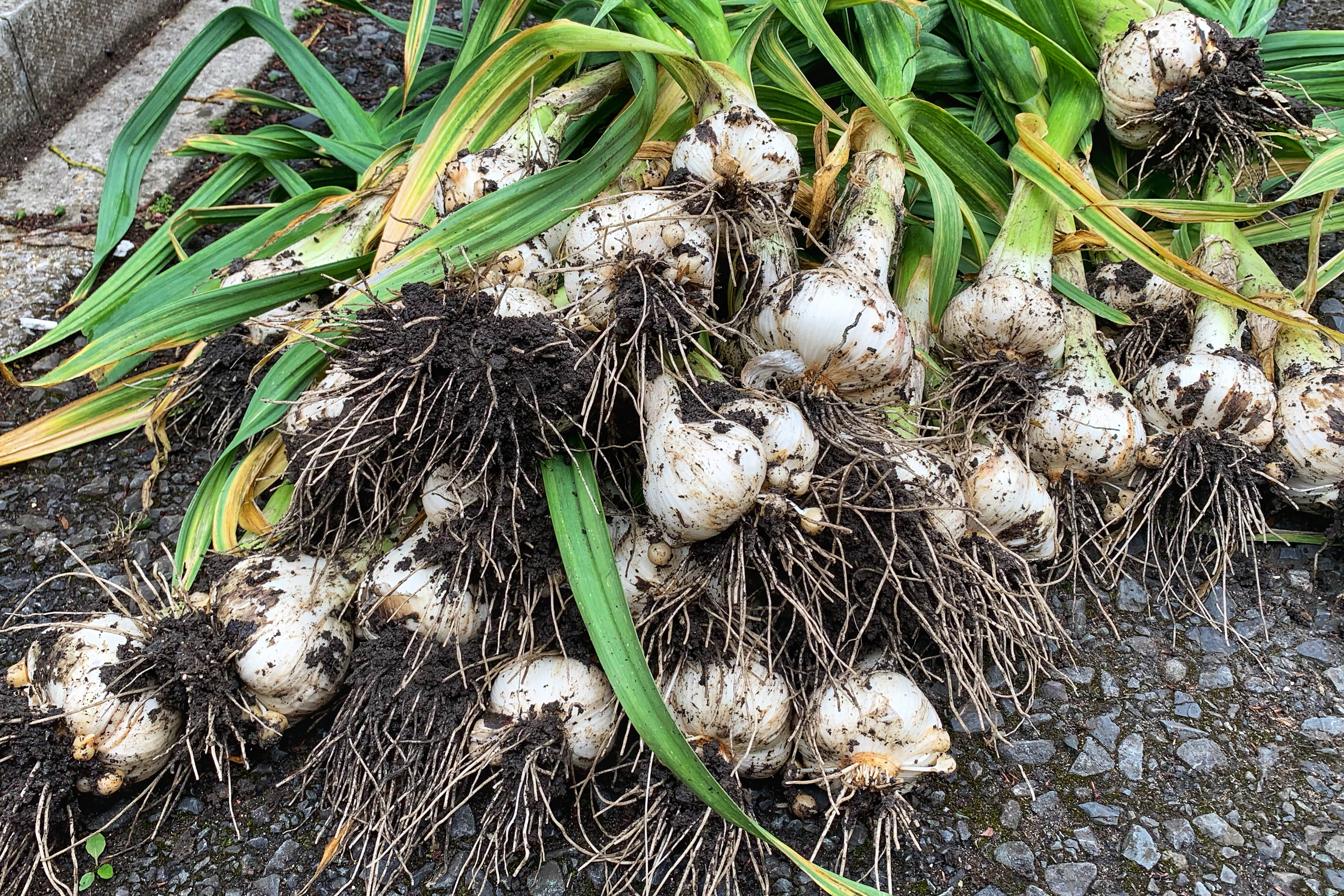
Credit: Getty Images
How to grow garlic: Delicious, lucky and superbly easy to cultivate
Mark Diacono teaches us how to grow garlic.
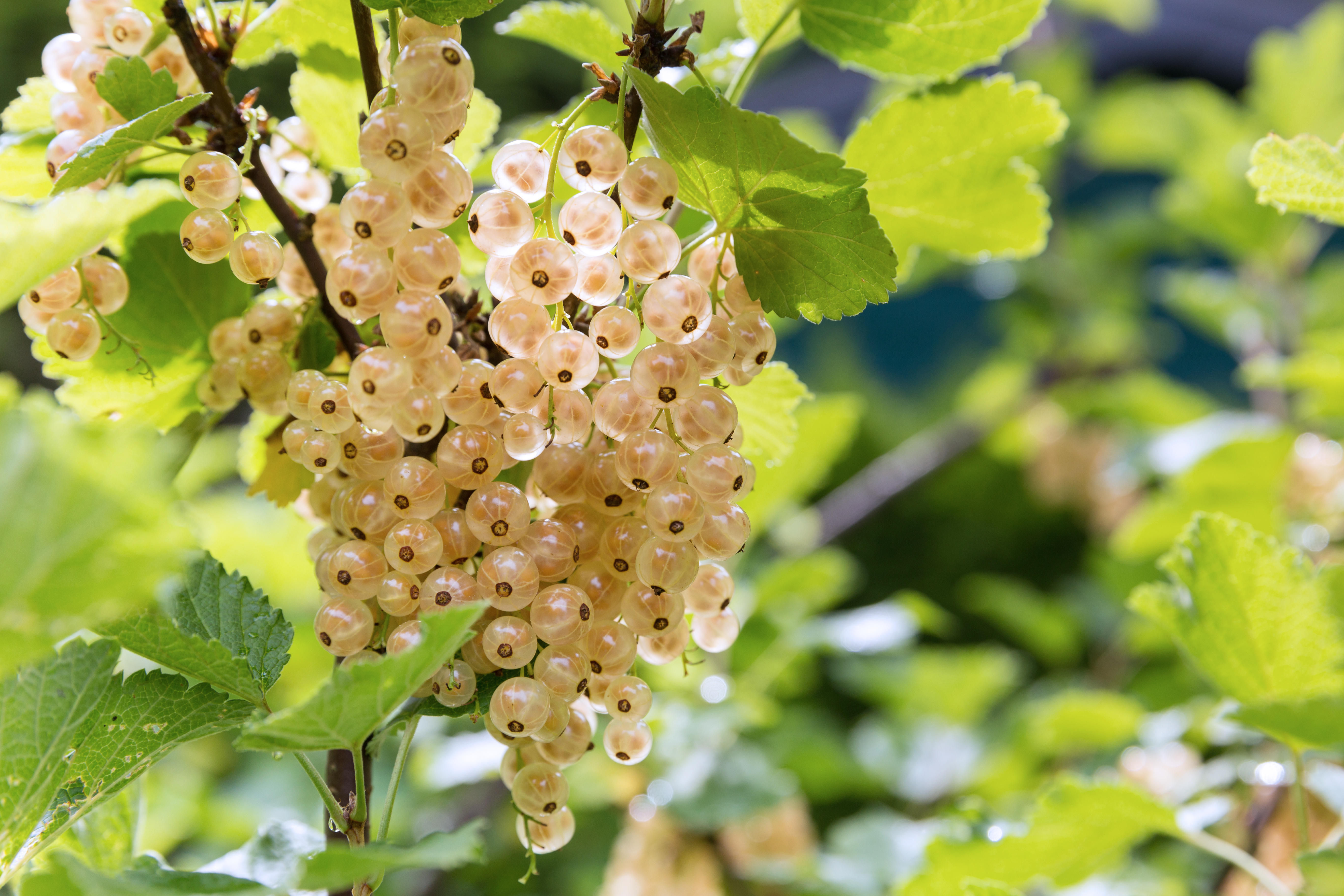
How (and why) to grow your own white currants: 'Scatter them over a knickerbocker glory'’
Mark Diacono shares his top tips on how to plant white and red currants, which varieties to choose — and
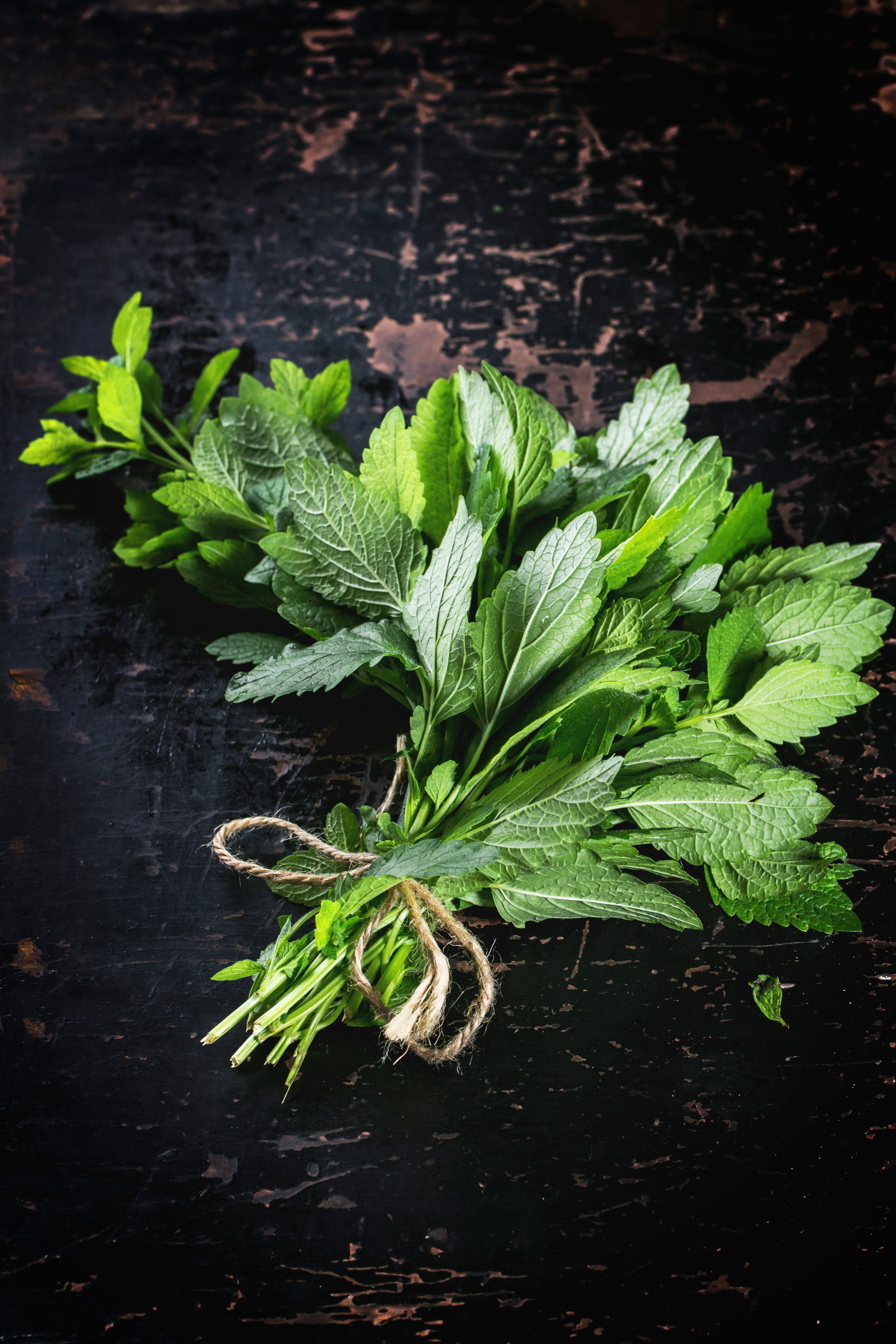
Credit: Alamy
Cultivating mint: What varietals to plant, where to plant them and whether they should be used for jelly or juleps
Mark Diacono explains why mint is for even the incurably incompetent horticultural enthusiast.
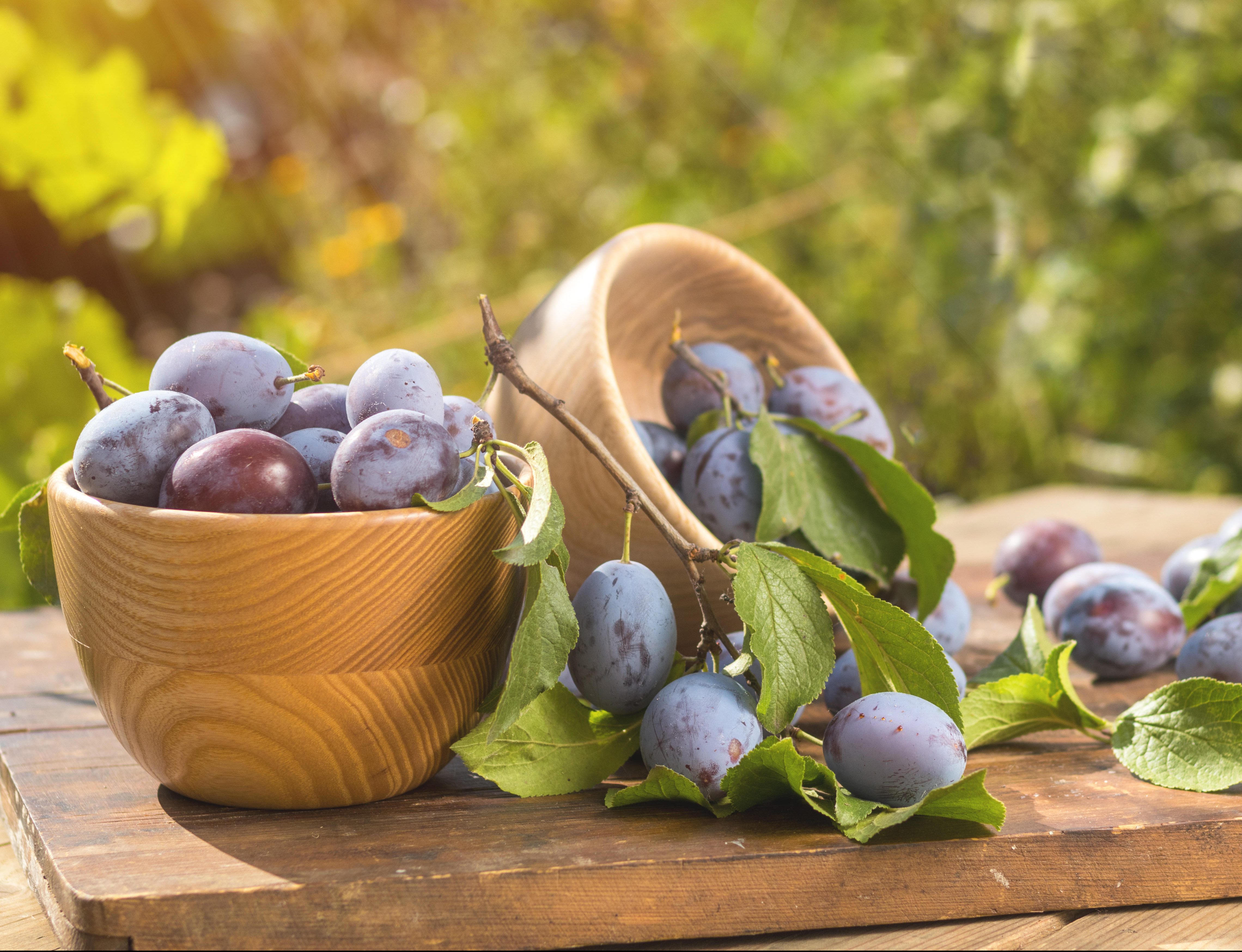
Plums to grow, plums to show, and plums to pop in your gin
Mark Diacono picks his favourite plums — and their close relatives, damsons, mirabelles, bullaces and gages.
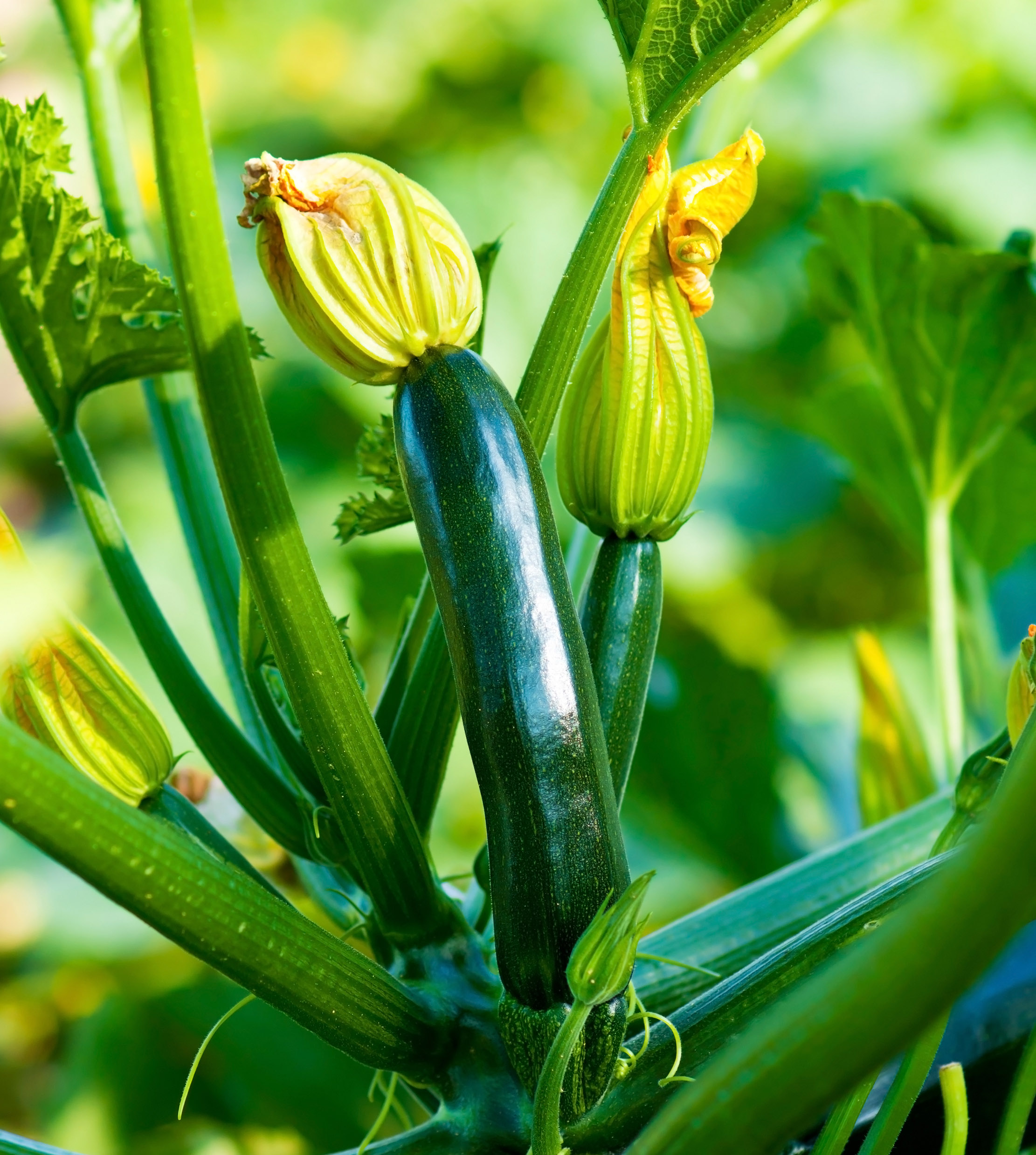
Credit: Getty Images/iStockphoto
Grow your own courgettes: What to plant, when to plant it... and why size really does matter
Mark Diacono shares his tips on the surprisingly simple yet hugely rewarding art of growing courgettes.
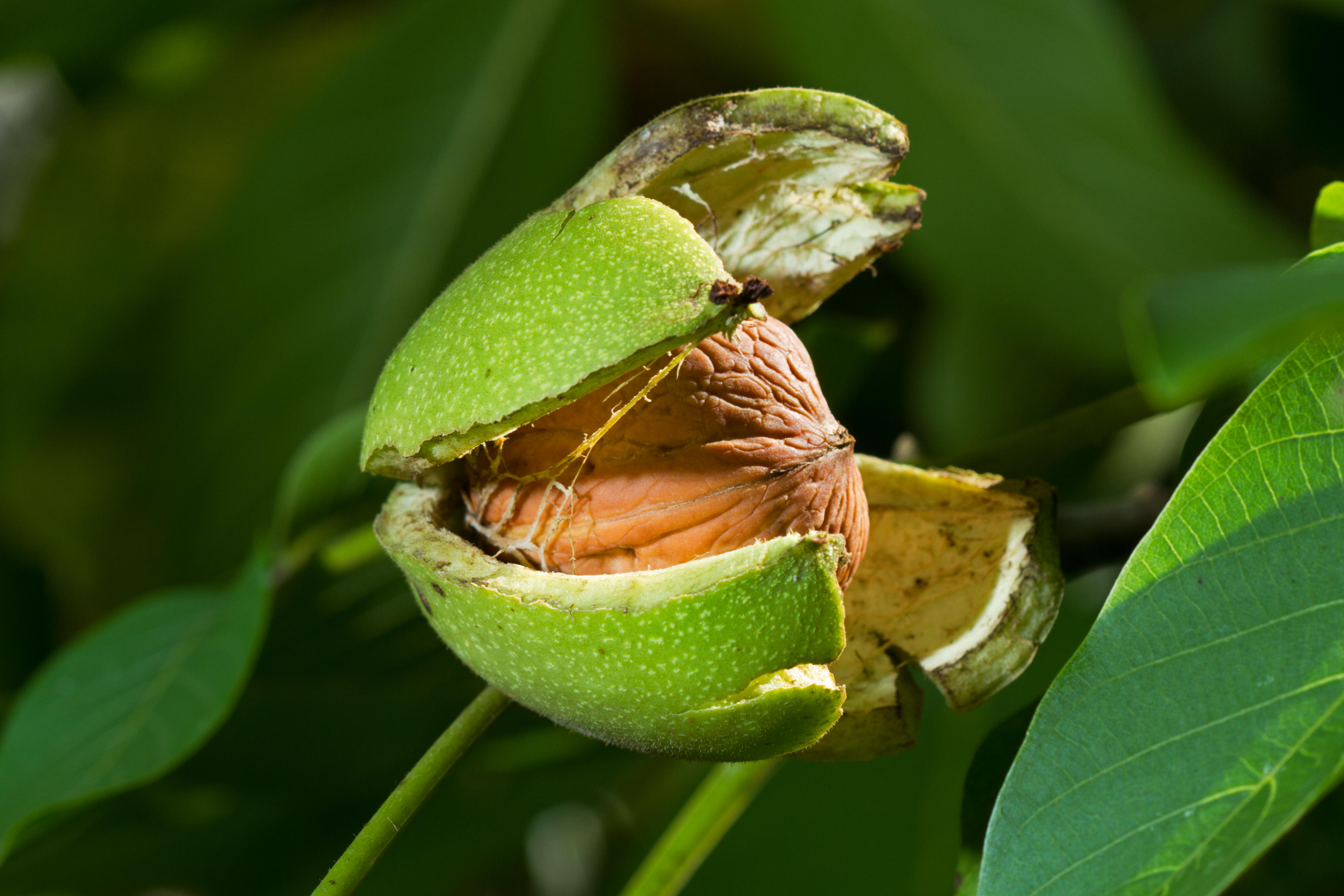
How (and why) to grow walnuts in your garden
From making a delicious aperitif to enjoying the citrusy scent of their leaves, there are plenty of reasons to plant
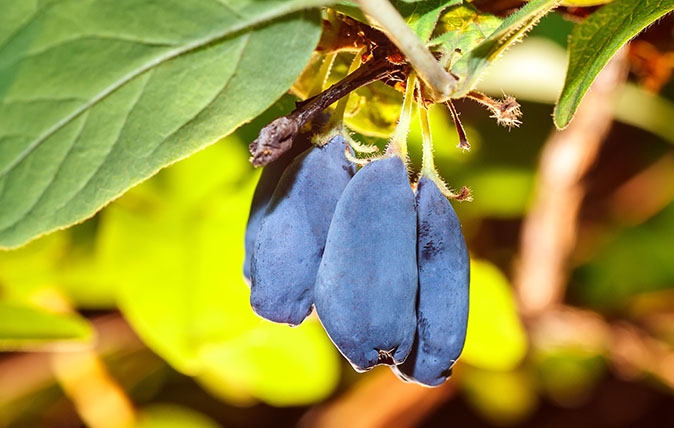
How to enjoy home-grown berries for seven months of the year
Mark Diacono offers us some berry good advice for enjoying our breakfast favourites, whatever the season.
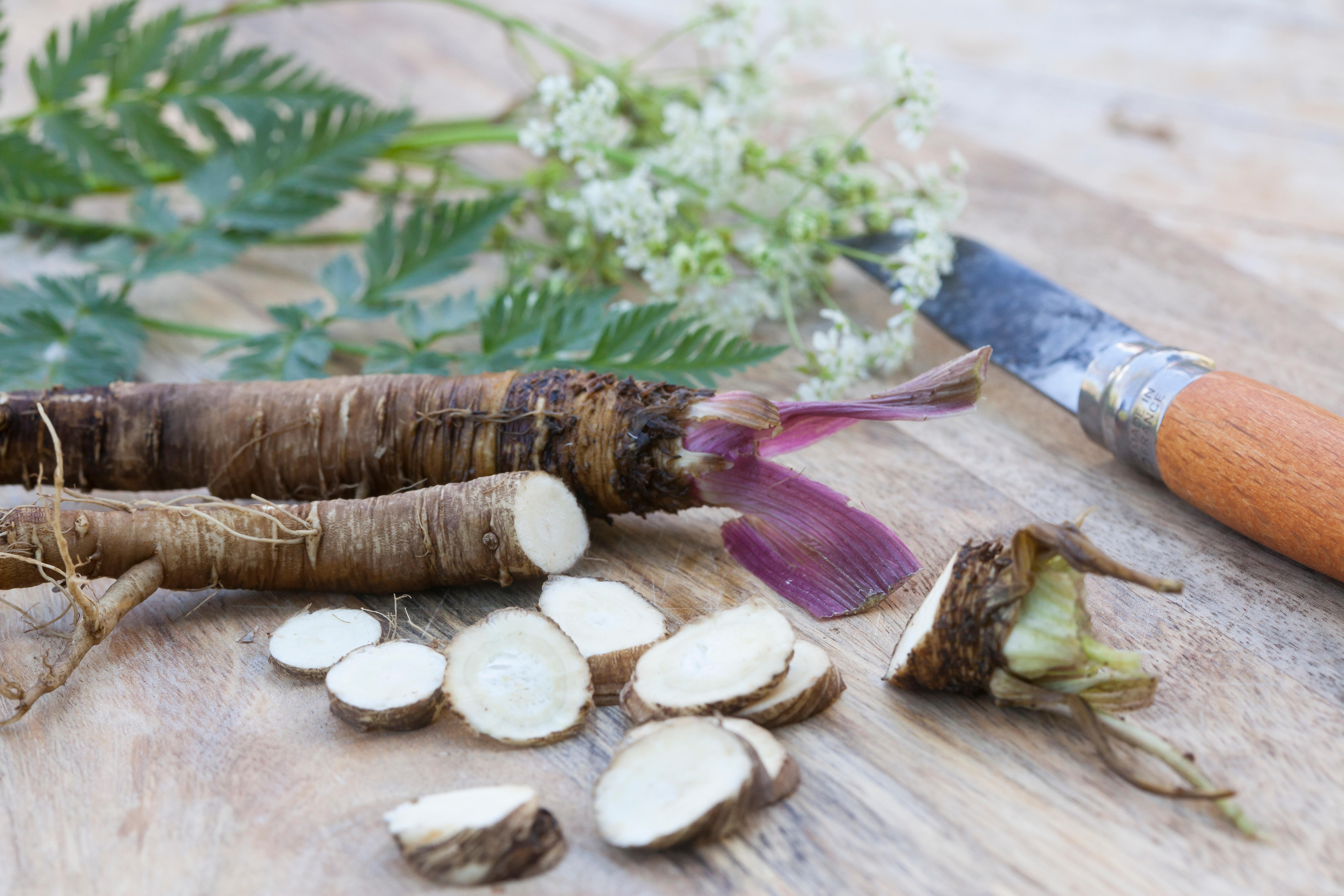
Credit: Alamy
The 'underground treasures' which are like a gardener's game of chicken — hold your nerve, and the pay-off is spectacular
Growing plants specifically to harvest their roots takes faith, patience and nerve, explains Mark Diacono, but it's well worth the
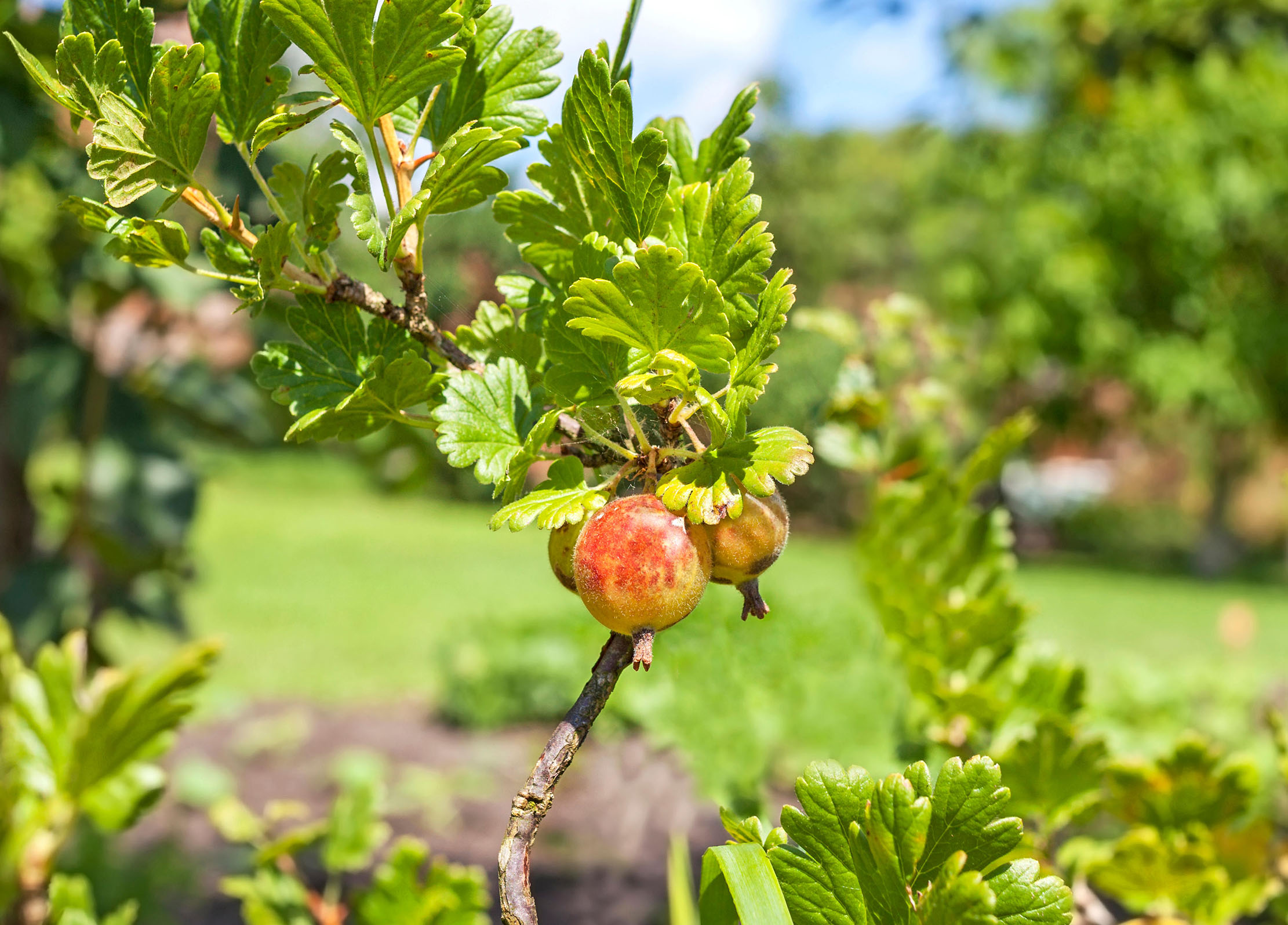
How to grow gooseberries: What to plant, how to look after them, and best ways to enjoy the harvest
Mark Diacono explains everything you need to know about gooseberries, the fruit 'that's really two fruits in one'.
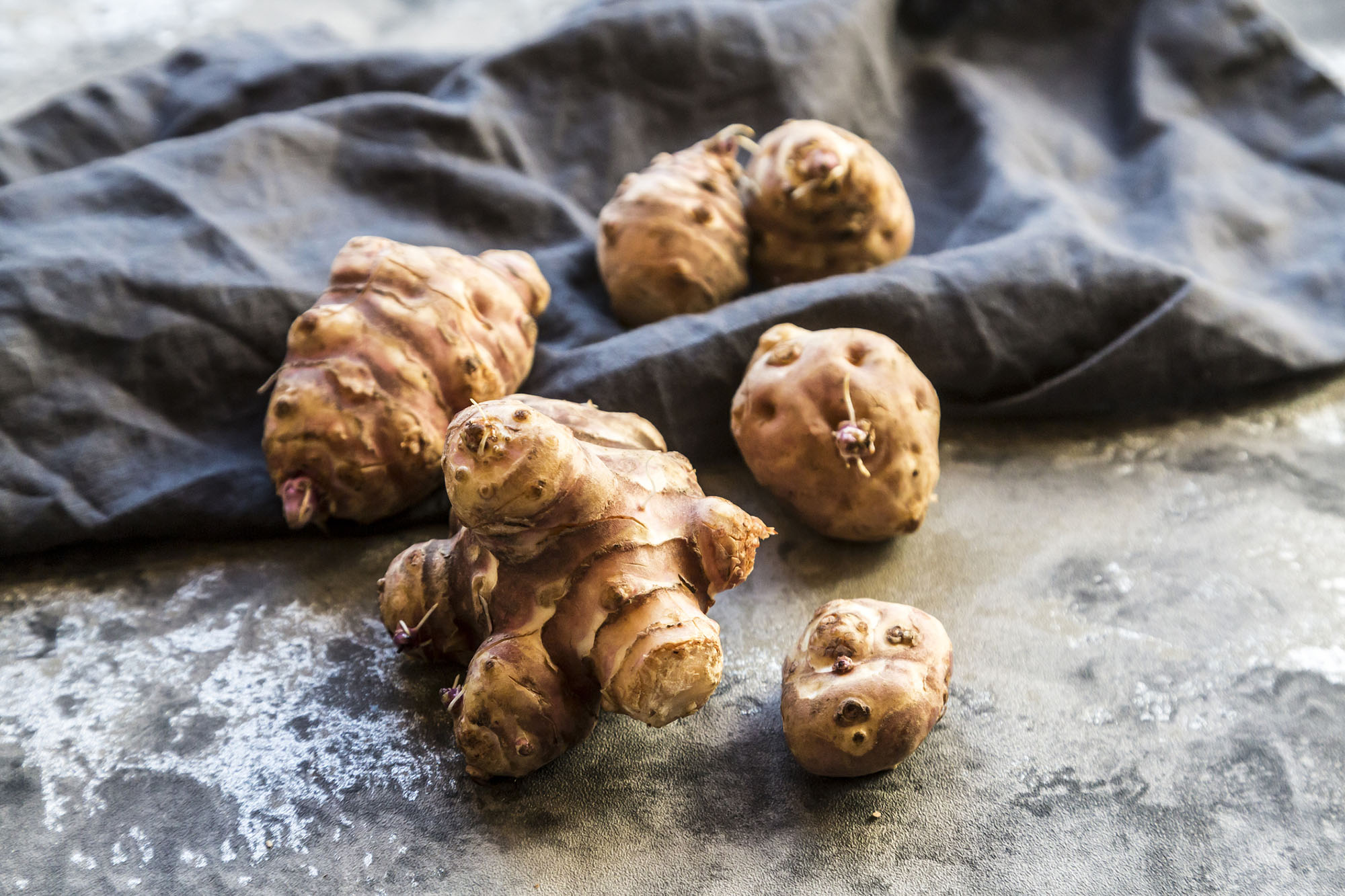
Jerusalem Artichokes: Everything you need to know about growing and eating them
Point one: they're not artichokes, and they're not from Jerusalem, says Mark Diacono.
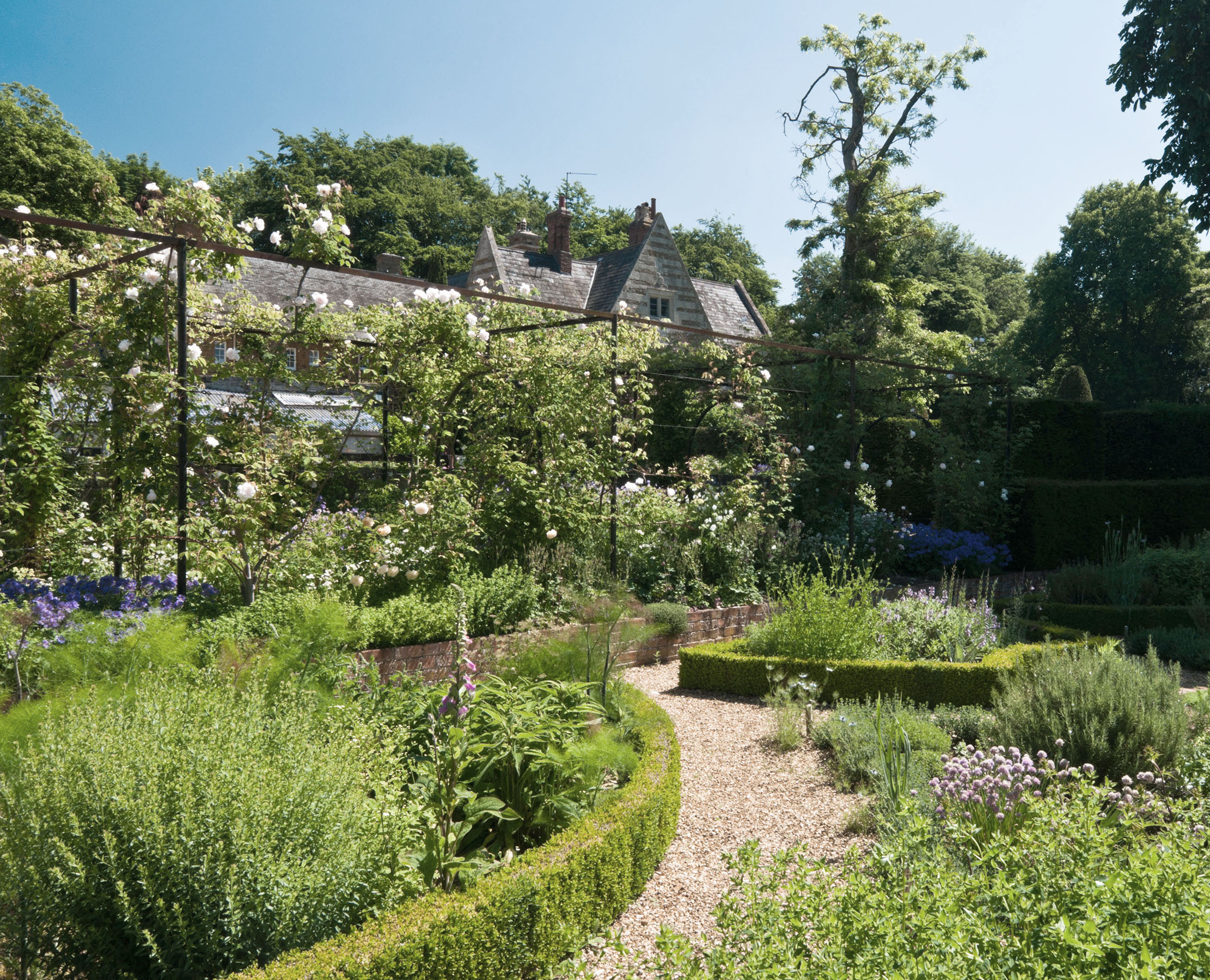
The best herbs to grow in your garden aren't the ones you use the most. Here's why.
Mark Diacono is about to embark on creating a herb garden — here's what he's going to grow.
Mark is lucky enough to spend most of his time eating, growing, writing and talking about food. He has written fourteen award-winning books, including A Year at Otter Farm and A Taste of the Unexpected (both won Food Book of the Year, and Garden Book of the Year). Known for growing everything from Szechuan pepper to pecans to Asian pears, Mark's refreshing approach to growing and eating has done much to inspire a new generation to grow some of what they eat. He was involved in the early days of River Cottage, appearing in the TV series, and writing four River Cottage books. Mark writes to a global audience on his best-selling Substack: Mark Diacono’s Abundance.
